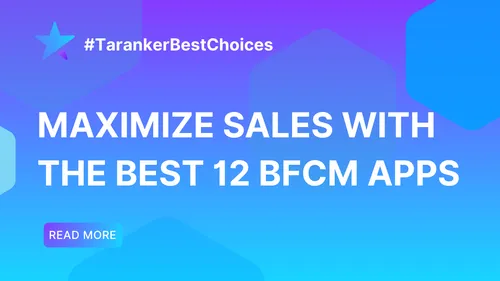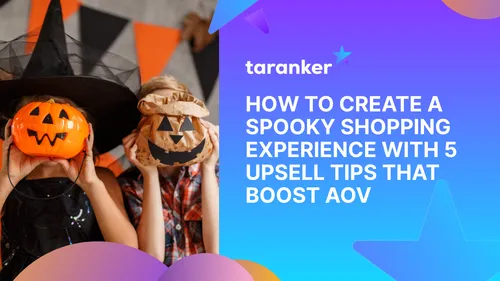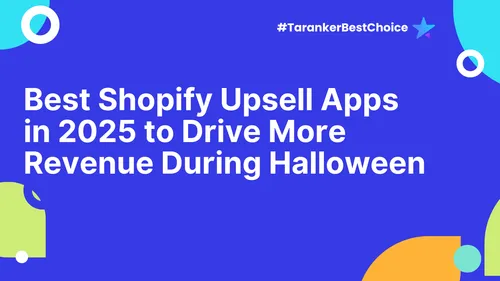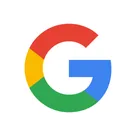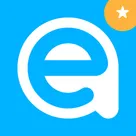Choosing between Google Ads and Facebook Ads depends on your business goals, target audience, and ad strategy. Both platforms offer powerful advertising solutions, but they serve different purposes and excel in different areas. Here’s a breakdown to help you decide:
1. Google Ads: Best for Intent-Driven Searches

Google Ads targets users based on their search intent. People using Google are actively searching for products, services, or information, which makes Google Ads highly effective for intent-driven marketing. You can bid on keywords relevant to your business and show up in search results, helping you reach potential customers when they're ready to buy.
-
Ad Formats: Search ads, display ads, and shopping ads.
-
Targeting: Keywords, demographics, location.
-
Best For: Businesses looking for immediate conversions or high-intent traffic.
Pros:
-
High intent-driven traffic.
-
Extensive reach across Google Search and partner websites.
-
Precise targeting through keywords and location.
Cons:
-
Can be more expensive due to keyword competition.
-
Complex bidding system.
2. Facebook Ads: Best for Audience Targeting and Brand Awareness
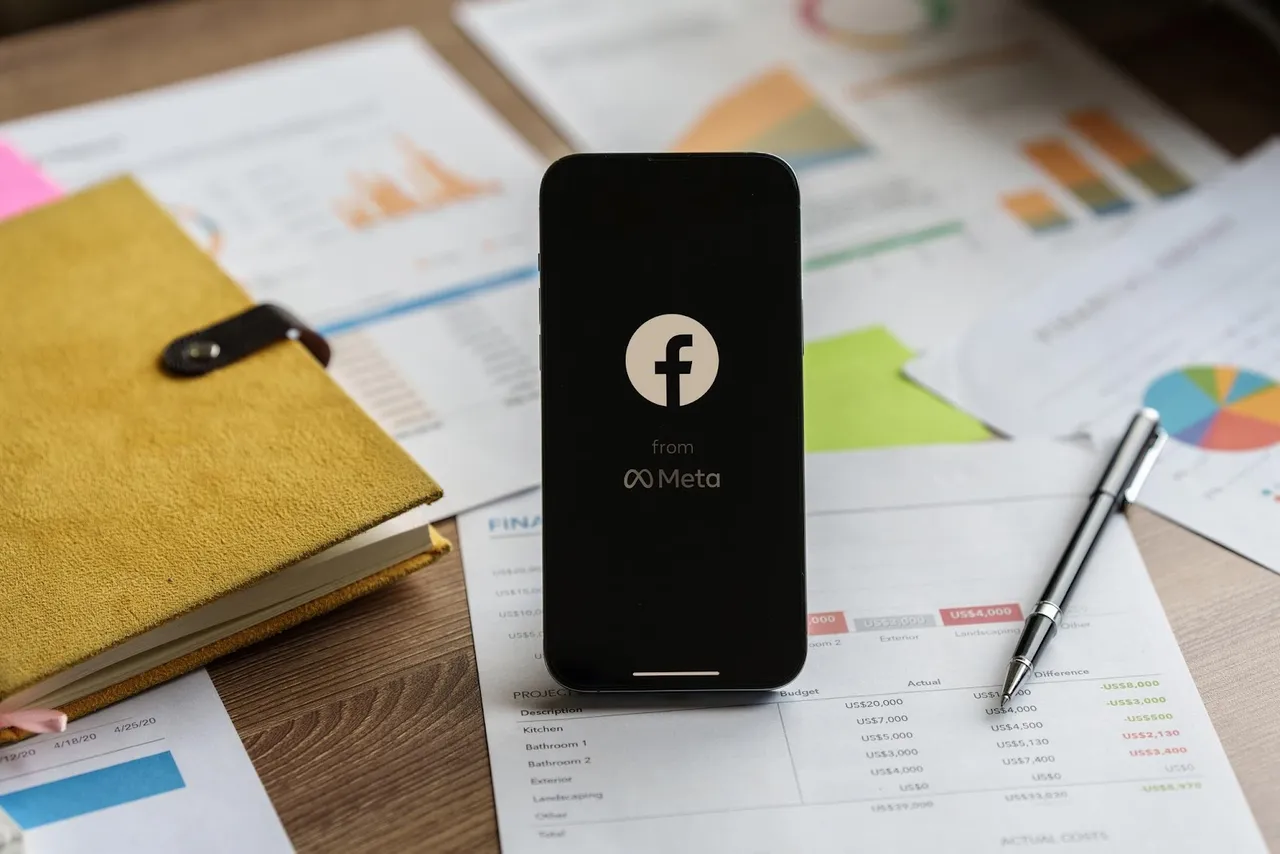
Facebook Ads excel at building brand awareness and engaging audiences through its highly refined targeting options. Facebook's detailed user data allows advertisers to target people based on interests, behaviors, demographics, and even past interactions with your content. Facebook Ads are ideal for creating visually appealing content that engages users in their social feeds.
-
Ad Formats: Image, video, carousel, stories.
-
Targeting: Detailed demographics, interests, and lookalike audiences.
-
Best For: Businesses looking to build brand awareness or engage with specific audience segments.
Pros:
-
Advanced audience targeting capabilities.
-
Cost-effective for building brand awareness.
-
Engaging ad formats like video and carousel ads.
Cons:
-
Less intent-driven compared to Google.
-
Ad fatigue can occur if ads are shown repeatedly.
For businesses focusing on e-commerce visibility, learn how to improve product discovery with How to Optimize Product Pages on Shopify for Higher Google Rankings.
3. Which Should You Choose?

Google Ads is best for businesses focused on direct response advertising, targeting users with strong purchase intent who are actively searching for solutions. If your goal is to drive immediate sales or leads, Google Ads can deliver faster results.
Facebook Ads, on the other hand, are ideal for brand awareness, audience engagement, and building customer relationships. With its advanced audience targeting and visually rich ad formats, Facebook Ads can help you reach specific demographics or interest groups, making it a great platform for nurturing leads and expanding brand visibility.
For many businesses, a combination of both Google and Facebook Ads can provide the best results, with Google capturing high-intent users and Facebook helping to build awareness and engagement.
Conclusion: A Balanced Approach
Both Google Ads and Facebook Ads offer unique advantages. Google Ads work well for businesses that want to target customers actively searching for their products or services, while Facebook Ads are great for driving awareness and engaging with targeted audiences. Consider using a mix of both platforms to capture a wide range of prospects, from high-intent buyers to those just starting their journey with your brand.
For businesses exploring flexibility and low-cost solutions for e-commerce, Top 5 Reasons Why Dropshipping Is Ideal for Your Shopify Business can provide insights into why dropshipping aligns with various ad strategies.

